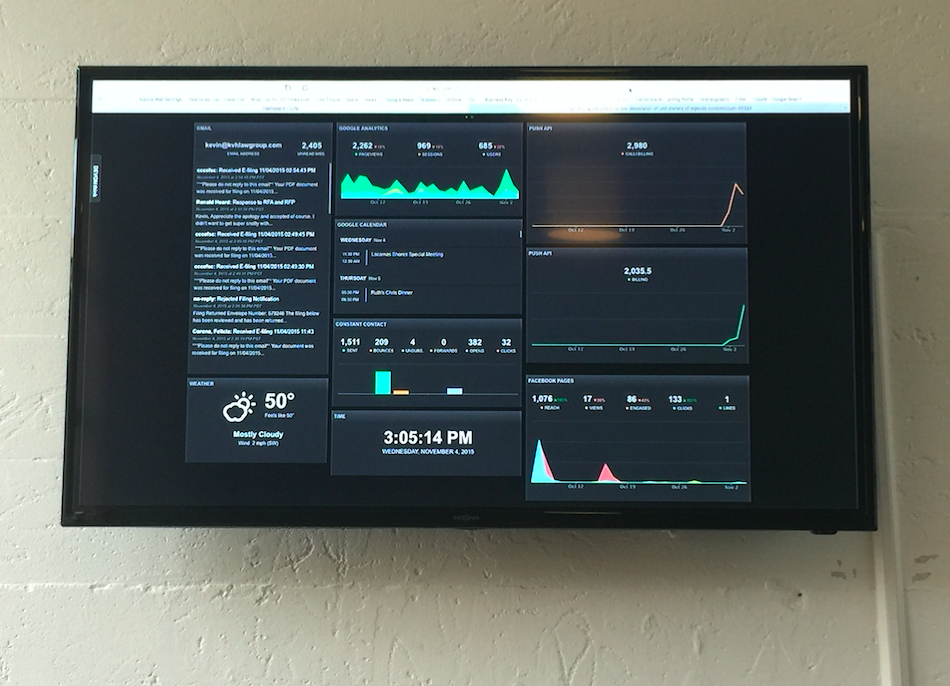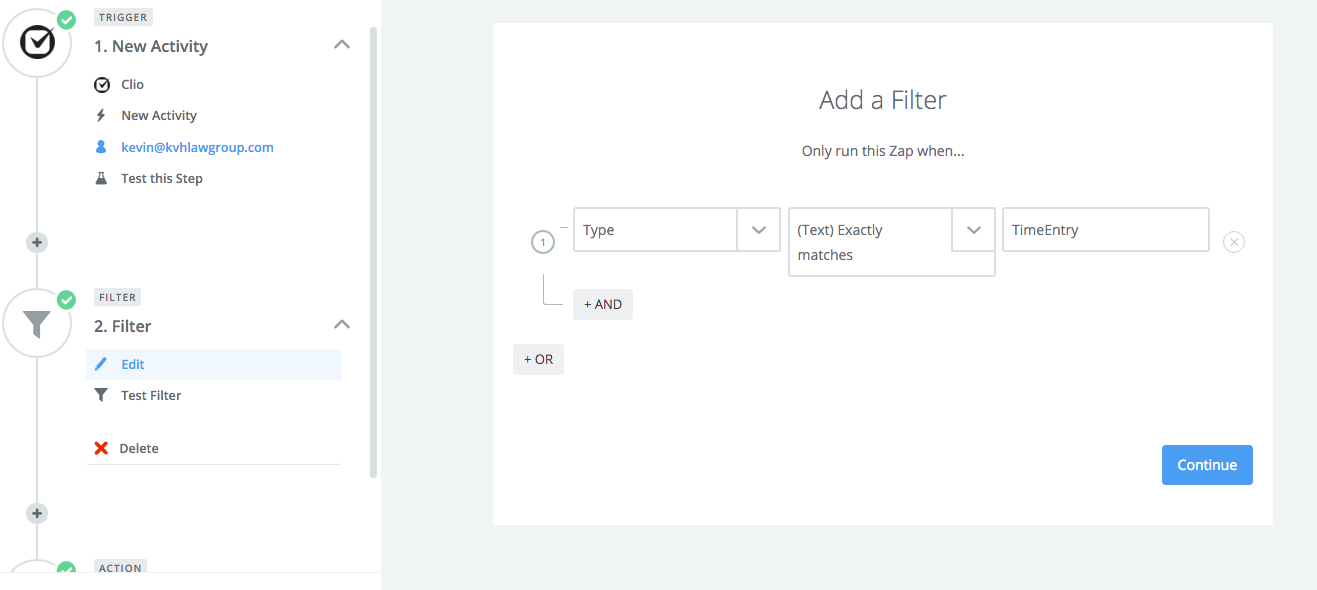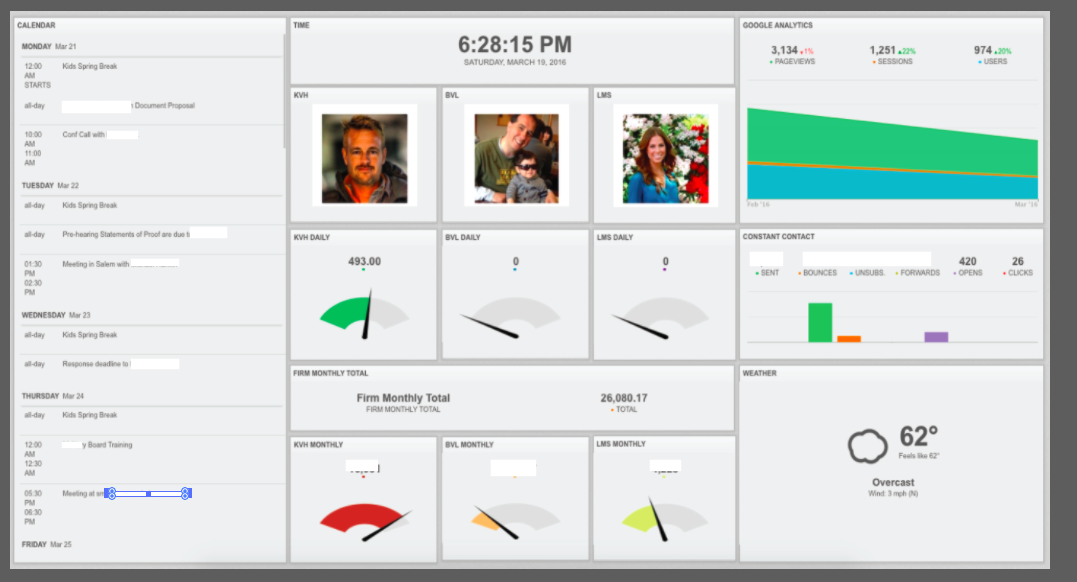At some point, board members and owners within condominium or homeowner associations will face conflict. Knowing how to effectively resolve conflict will maintain civility and harmony in the community. Generally, there are four steps to resolving conflict: 1) negotiation, 2) mediation, 3) arbitration and 4) litigation.
1. Negotiation
Prior to more formal alternative dispute resolution, the parties engage in negotiation. Each party attempts to educate the other about the position they are taking, their needs and their interests. The most important part of negotiation is the ability to listen to the other side and attempt to come to a mutual understanding.
2. Mediation
Mediation involves the parties in dispute and a neutral, third-party mediator. Mediation does not require the parties to come to any formal agreement, but that’s the end goal. There are many community mediation services with trained mediators. However, if the dispute involves complicated legal issues, a mediator with a legal background is often preferable.
During mediation the parties get to explain their positions and tell their side of the story. The mediator’s job is to find common ground and see what (if anything) the parties can agree to.
Besides potentially resolving the conflict, mediation can expose your side’s weaknesses, which may influence your decision to arbitrate or litigate the dispute in the future. Keep in mind, Oregon law requires (in most circumstances) that the party initiating the claim offer mediation prior to filing an arbitration or litigation claim. (See ORS 100.405 and ORS 94.630)
3. Arbitration
Arbitration is much more formal than mediation. Some governing documents require the parties (association vs. owner or association vs. developer) to submit all disputes to binding arbitration. The arbitrator, or panel of arbitrators, conduct the arbitration similar to a court trial. If the arbitration is binding, the ruling of the arbitrator is the final ruling on the issue and the parties are bound to the decision.
Some state courts require arbitration of all cases less than a certain dollar amount. In court mandated arbitration, the losing party may appeal the decision of the arbitrator and continue to a judicial or jury trial.
4. Litigation
When all else fails, sometimes litigation is the only avenue to pursue. Litigation means filing a lawsuit in court and a trial in front of a judge or jury. Attorney fees for litigating an issue through trial can be very expensive. However, depending on the claim, an association may recover its attorneys fees if it’s the prevailing party.





